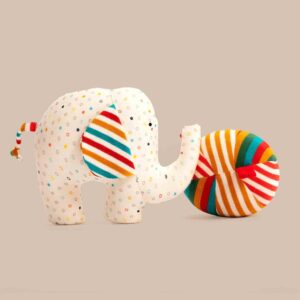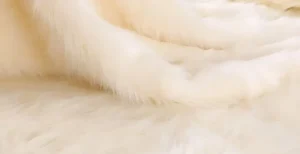When it comes to plushies, the fabric’s softness is a key factor that affects not only how the toy feels but also how children connect emotionally to it. Choosing the right fabric ensures the plush is cuddly, safe, and durable—qualities essential for market success.
Softness in plush fabrics is determined by fiber type, pile length, density, and finishing. Fabrics like microfiber and minky are renowned for their ultra-soft texture and durability, making them top choices in plush toy manufacturing. Understanding these fabrics and their properties allows manufacturers to create premium, lovable plushies.
Let’s explore the essential factors that determine fabric softness, compare leading materials, and look at innovations shaping the future of plush fabrics.
1.What properties determine the softness of fabrics used in plush toys?
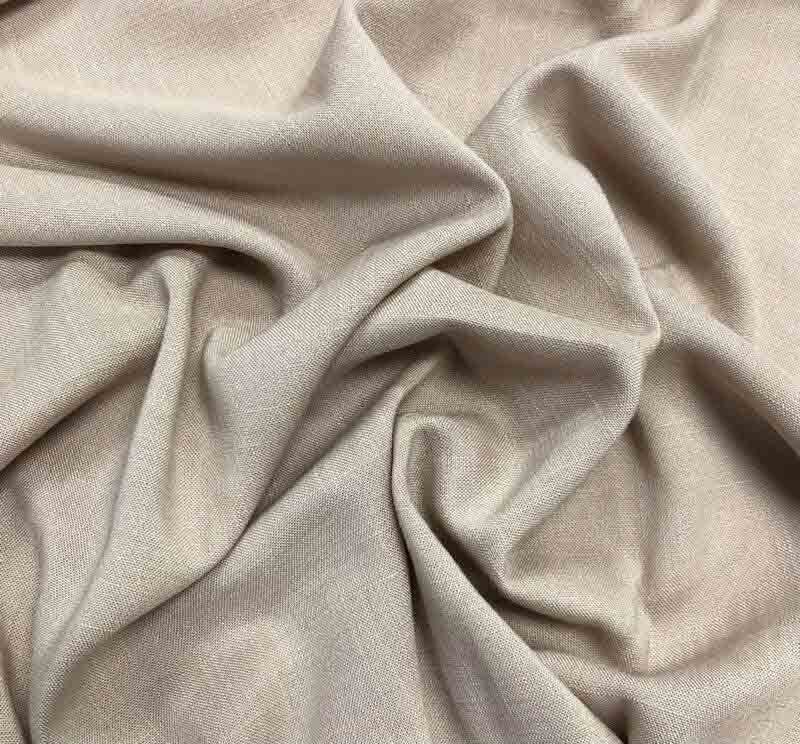
Softness comes down to a few critical fabric properties: the fiber’s fineness, pile length, density, and surface finishing. These characteristics work together to create that cozy, touchable feel children adore.
The finer the fibers, the smoother and softer the fabric feels. Longer and denser piles add plushness, but must be balanced against durability. Surface treatments like brushing or anti-pilling finishes also enhance softness and keep the fabric looking new.
- Fiber Fineness: Polyester fibers are commonly used in plush fabrics because they can be spun ultra-fine, resulting in a silky touch.
- Pile Length: Most plush toys use pile lengths between 3 and 12 millimeters. Longer piles create a fluffier feel but may snag or shed if not well-made.
- Pile Density: Denser piles trap more air, increasing the soft, cushiony sensation.
- Finishing Treatments: Brushing the fabric lifts fibers for softness, while anti-pilling treatments reduce fuzz and extend fabric life.
| Property | Effect on Softness | Considerations for Plush Toys |
|---|---|---|
| Fiber fineness | Smoother, silkier feel | Ultra-fine polyester preferred |
| Pile length | Plushness vs. durability | Optimal range: 3-12 mm |
| Pile density | Cushiony texture | Balance with fabric weight |
| Finishing | Maintains softness and look | Brushing and anti-pilling |
Mastering these factors helps deliver plushies with irresistible softness and lasting quality.
2.Which fabric types are recognized as the softest for plushies in manufacturing?
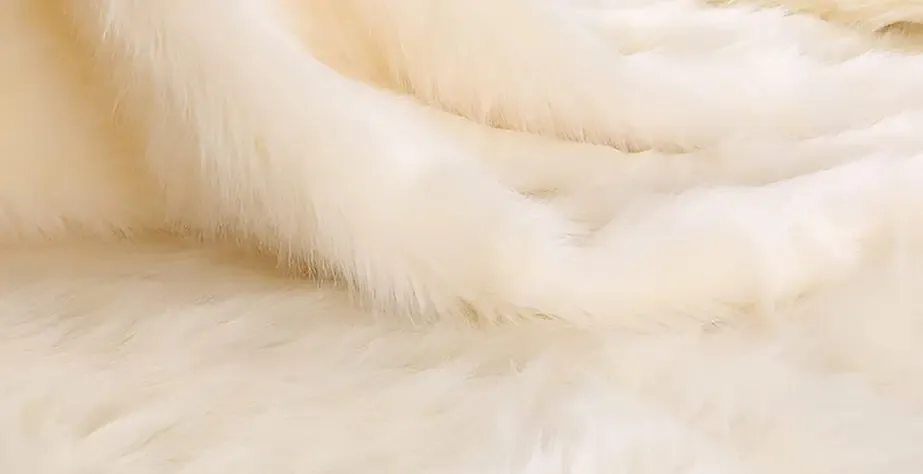
Among many fabric options, microfiber, minky, velboa, and velour stand out as the softest and most popular for plush toys. Each offers distinct textures that appeal to different markets and designs.
Microfiber and minky fabrics, in particular, are prized for their ultra-fine fibers and smooth, luxurious piles, providing plush toys that feel wonderfully soft to touch. Velboa and velour bring a velvet-like texture and sheen, suited for a variety of plush styles.
| Fabric | Description | Common Use |
|---|---|---|
| Microfiber | Ultra-fine polyester fibers; very soft and smooth | High-end plush toys, baby products |
| Minky | Plush with medium-length pile; incredibly soft | Premium baby blankets, plush dolls |
| Velboa | Short pile, dense and smooth | Standard plush toys |
| Velour | Soft, plush, slightly stretchy | Luxury plush animals |
Choosing the right fabric depends on the toy’s target age group, function, and market positioning.
3.How do microfiber and minky fabrics compare in texture and durability?

Microfiber features very fine fibers woven tightly, resulting in a smooth, silky texture. Minky has a slightly longer, thicker pile that creates a fluffy and ultra-plush feel.
Microfiber tends to be more durable, with better resistance to wear and shedding, while minky offers a softer but somewhat more delicate texture requiring careful handling. Both fabrics excel in softness but suit different product lines and care expectations.
| Feature | Microfiber | Minky |
|---|---|---|
| Fiber size | Ultra-fine | Fine but thicker |
| Pile length | Short (3-6 mm) | Medium (6-12 mm) |
| Texture | Smooth, silky | Fluffy, plush |
| Durability | High | Moderate |
| Care | Machine washable, low shedding | Requires gentle wash, prone to shedding |
Manufacturers often choose microfiber for longevity and minky for premium softness.
4.What role do fabric blends play in enhancing plush toy softness?
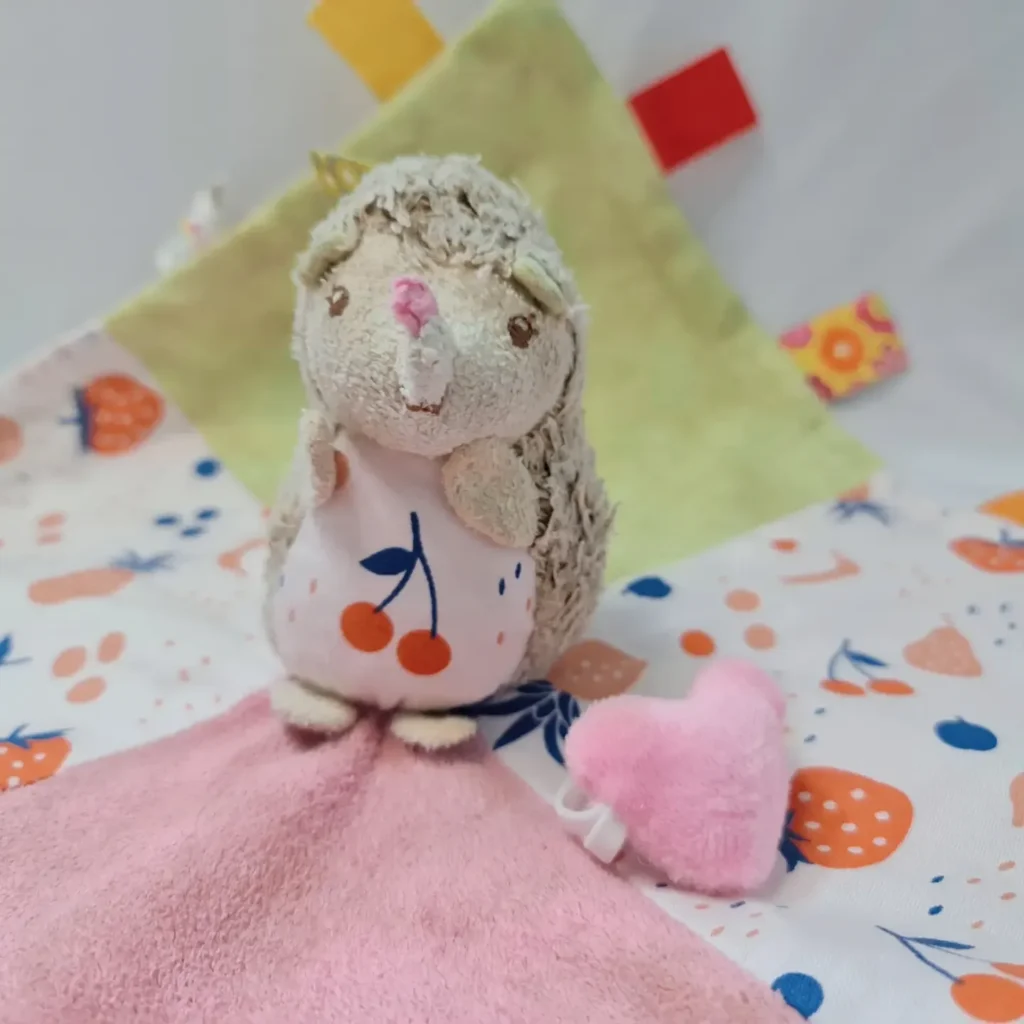
Blending fibers, like polyester with cotton or spandex, allows manufacturers to combine the best traits of each fiber, improving softness, flexibility, and durability.
Cotton-polyester blends add natural softness and breathability, while spandex provides stretch for better fit and shape retention in plush toys. These blends expand creative possibilities and meet evolving consumer preferences for comfort and quality.
- Cotton-Polyester Blends: Combine cotton’s natural softness with polyester’s durability and easy care.
- Polyester-Spandex Blends: Add stretch, enabling more complex and comfortable plush designs.
- Eco-Friendly Blends: Incorporate organic or recycled fibers for sustainable products.
| Blend Type | Benefits | Typical Use |
|---|---|---|
| Cotton-Polyester | Soft, breathable, durable | Everyday plush toys |
| Polyester-Spandex | Stretchy, soft | Fashion plush dolls |
| Eco-Friendly Blends | Sustainable and gentle | Premium green plush lines |
Blends give brands flexibility to tailor plush feel and function.
5.How does fabric softness impact child safety and regulatory compliance?
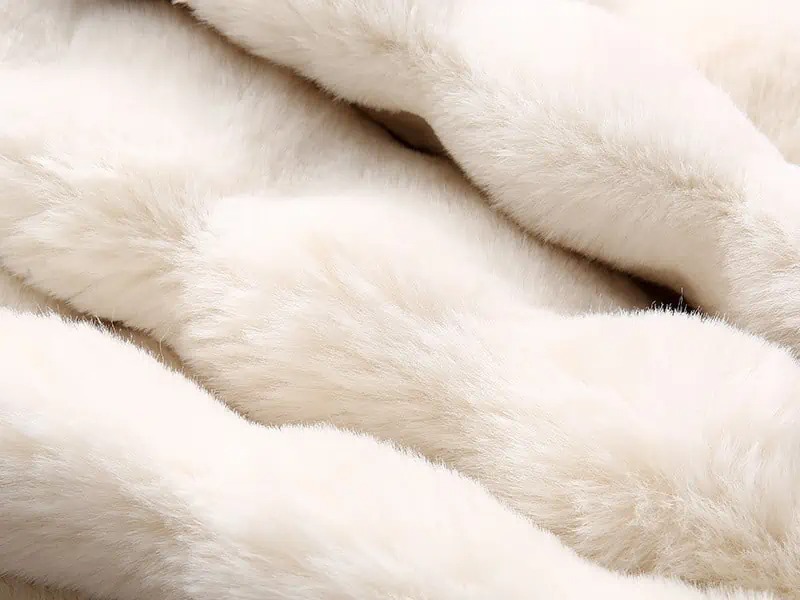
Very soft fabrics must also meet safety standards to ensure they are safe for children. Fabrics that shed fibers can cause choking hazards, and all materials must be free from harmful chemicals.
Soft plush fabrics used in toys need to comply with strict regulations like ASTM, CPSIA, and CE, which govern chemical safety, flammability, and physical hazards. Manufacturers balance softness with durability and safety to protect children.
- Fiber Retention: Fabrics must be tightly woven or treated to prevent fiber loss.
- Chemical Safety: Use non-toxic dyes and fibers tested free of lead, phthalates, and other harmful substances.
- Flammability: Fabrics must meet fire safety standards to reduce risk.
- Allergen Reduction: Hypoallergenic materials prevent skin irritation.
| Safety Aspect | Testing Required | Effect on Fabric Selection |
|---|---|---|
| Fiber shedding | Mechanical and wear testing | Demands tight weave and finishes |
| Chemical content | Lab chemical analysis | Only certified materials allowed |
| Flammability | Fire resistance testing | Flame retardant treatments used |
| Allergies | Dermatological tests | Hypoallergenic fibers preferred |
Balancing extreme softness with safety is crucial in plush toy production.
6.Which innovations are driving the development of ultra-soft plush fabrics?
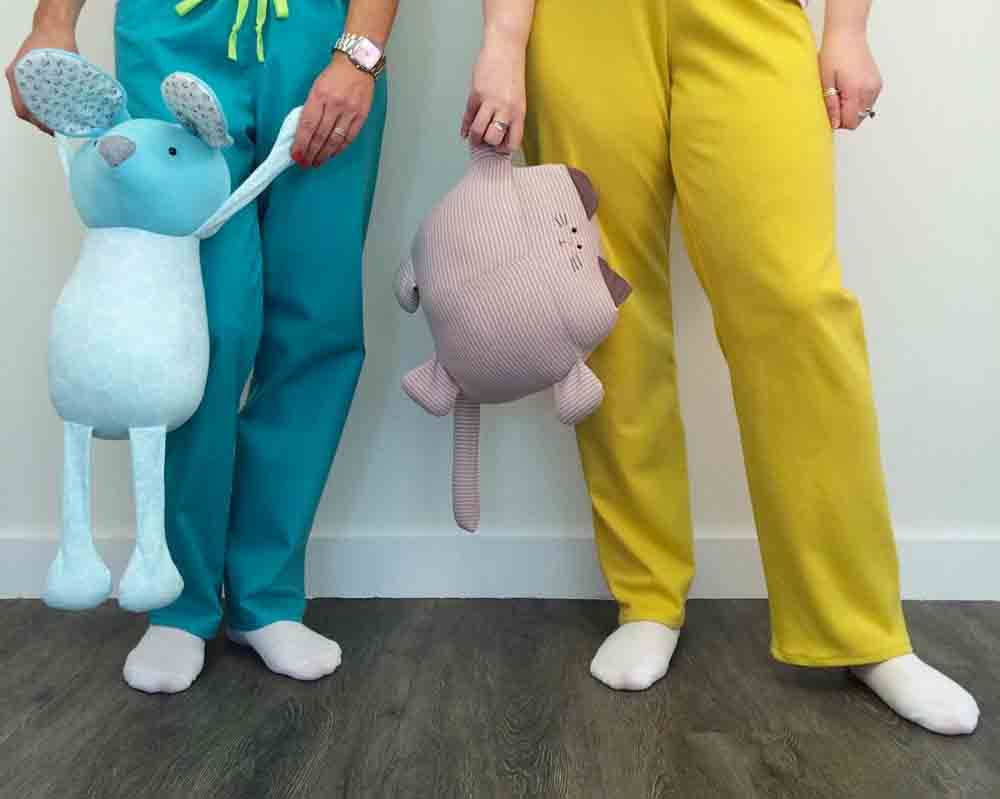
Recent advances include antimicrobial finishes, recycled polyester fibers, stretchable plush fabrics, and environmentally friendly dyeing technologies, all enhancing softness, durability, and sustainability.
Antimicrobial treatments keep plush toys cleaner and fresher longer, recycled fibers reduce environmental impact, and stretch plush enables creative designs with exceptional softness and comfort. These innovations are shaping the future of plush fabrics.
- Antimicrobial Finishes: Reduce bacteria and odors, especially important in baby and healthcare plush toys.
- Recycled Polyester: Made from plastic waste, lowering the carbon footprint of plush manufacturing.
- Stretch Plush Fabrics: Add flexibility and softness for improved user experience and novel toy shapes.
- Eco-Friendly Dyeing: Cuts water usage and pollution, aligning with sustainability goals.
| Innovation | Benefits | Market Appeal |
|---|---|---|
| Antimicrobial | Hygiene, odor control | Parents and healthcare sectors |
| Recycled fibers | Environmental impact reduction | Eco-conscious consumers |
| Stretch fabrics | Comfort and design flexibility | New plush product designs |
| Green dyeing | Cleaner production process | Compliance and branding |
Keeping pace with these innovations helps brands meet consumer demands for quality and responsibility.
Conclusion
Soft fabric choice shapes plush toy comfort, safety, and appeal. Innovations and smart blends create the ultra-soft plushies today’s market desires.
For expert fabric sourcing and plush toy manufacturing support, contact [email protected] or visit Kinwin Plush Toys.







